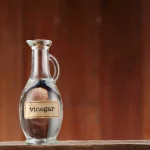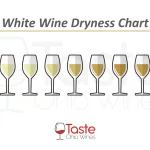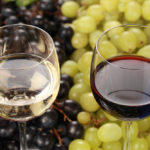Let’s be clear: white wine is in no way less sophisticated than red wine. It can be just as complex and desirable. Some varieties are dry while others are sweet, as well as some that land smack dab in between.
Where does one begin, though, when picking out the perfect white wine?
Below you’ll find a list of the seven most common white wines, a brief description of where they originate from, their flavor and aroma profile, and what foods pair well with each.

Moscato
[mohs-kaa-toh]
Moscato is a grape varietal from the Muscat family.
The Muscat grape has been around for thousands of years. There are approximately 200 different sorts of Muscat grapes that produce table grapes and raisins (à la fortified wine).
Despite its Italian origins, Muscat is grown in wine regions all over the world. It’s adaptable and thrives in a variety of climates from France to Spain to Italy to Australia.
Flavor/Aroma Profile:
Moscato is usually on the sweeter side and always fruity with a musky grapefruit aroma. It’s known for its sweet peach and orange blossom flavors, as well as the fact that its alcohol content is lower than other sparkling wines.
Food Pairings:
Moscato is best served on its own; nevertheless, sweet wines will pair well with dessert. Think biscotti or other nut-based or fruity desserts like a berry tart.
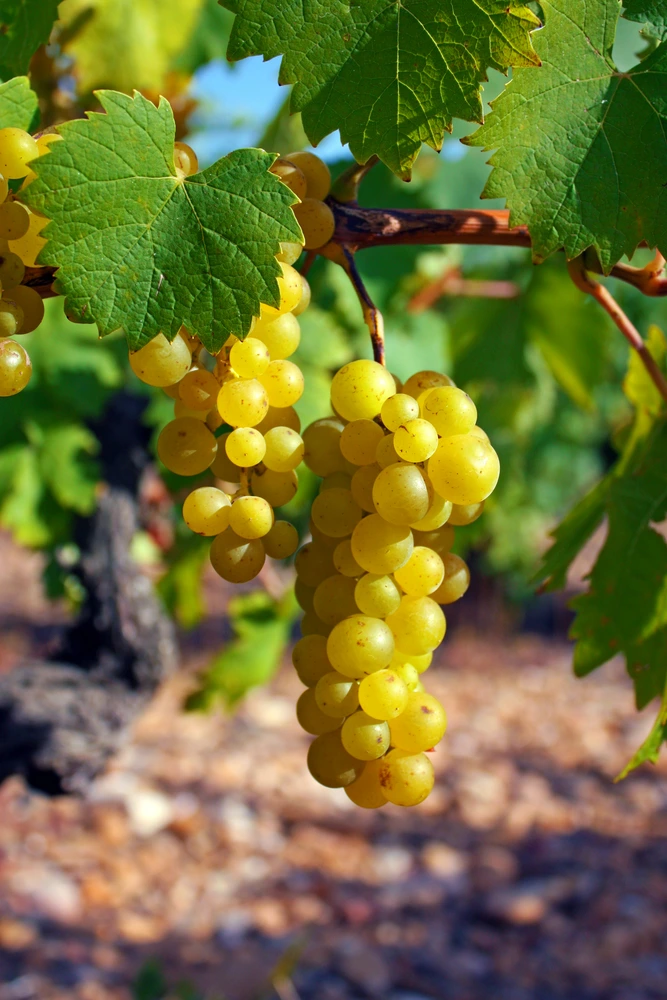
Chardonnay
[shahr-duh-ney]
Chardonnay is the most popular white wine in the world.
With nearly 500,000 acres of chardonnay vineyards planted globally, Burgundy, France, where it originates, produces the bulk of that. Yet, despite this, it barely accounts for 2% of the world’s vine acreage.
Manufactured from green-skinned grapes that can adapt to a variety of climates, Chardonnay produces affordable wines that tend to be dry. Because of its flexibility and the fact that it is simple to work with in the cellar, Chardonnay is renowned as a winemaker’s grape.
Flavor/Aroma Profile:
Chardonnay can be light and refreshing or full-bodied, buttery, and oaky, appealing to a wide range of palates.
Depending on where it is grown and how it is prepared, Chardonnay can have a broad spectrum of flavors from apple to lemon to papaya and pineapple with vanilla overtones when aged in oak.
Citrus aromas are usually present in California Chardonnay.
Food Pairings:
The thing about pairing Chardonnay with food is that it all depends on where it’s made, if it’s oaked, and how old it is when you drink it. The idea is to balance the wine’s weight with the food’s weight.
Crisp, clean, unoaked Chardonnays pair nicely with goat cheese, oysters, shellfish, and delicate fish, like trout.
Firmer fish like swordfish, white meats like chicken and pork tenderloin, and aged cheeses like gruyere and gouda combine well with medium-bodied Chardonnays.
Thick, rich, and oaky Chardonnays pair well with heavy cream sauces, grilled meats with higher fat content, and pheasant or quail.
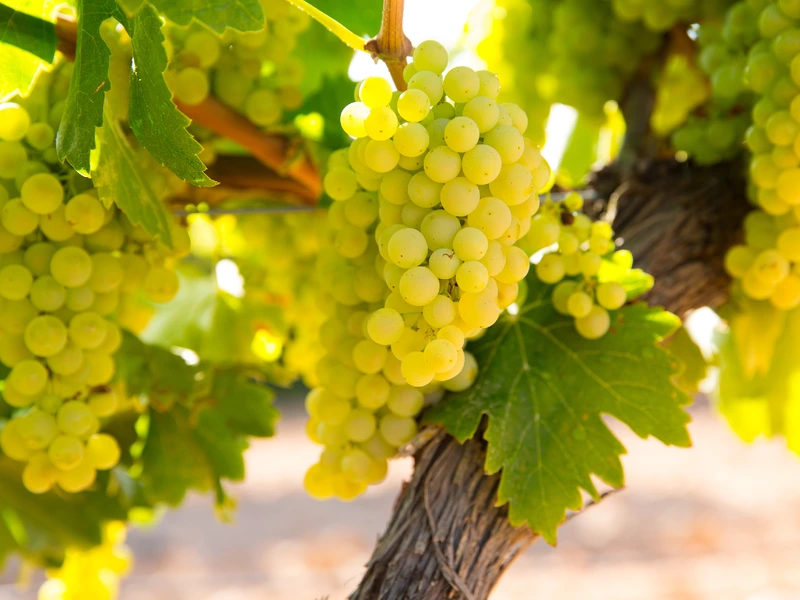
Sauvignon Blanc
[soh-vin-yohn-blahngk]
Sauvignon Blanc has never been more popular.
It’s grown on about 275,000 acres of vineyards around the world. Depending on where it’s cultivated, Sauvignon Blanc goes by several names, which means you’ve probably had a sip once or thrice in your life without recognizing it.
Because it was a primitive grape growing in the Loire Valley of Central France and throughout southwest France, Sauvignon Blanc takes its name from the French word sauvage, which means “wild.”
The Loire produces more white wine than any other French area, and Sauvignon Blanc is one of the region’s signature grapes for its crisp, mineral wines.
Furthermore, Sauvignon Blanc is occasionally aged in oak barrels.
Flavor/Aroma Profile:
This lean, refreshing white wine packs intense, in-your-face aromas of freshly cut grass, peas, and asparagus, as well as tropical and ripe passion fruit, grapefruit, and even mango.
Sauvignon Blanc has a light body, a sharp acidity, and a moderate alcohol content on the palate.
Food Pairings:
As a suitable substitute for Chardonnay, Sauvignon Blanc pairs well with various foods, including goat cheese, green vegetables, oysters, and mild fish, like sole.
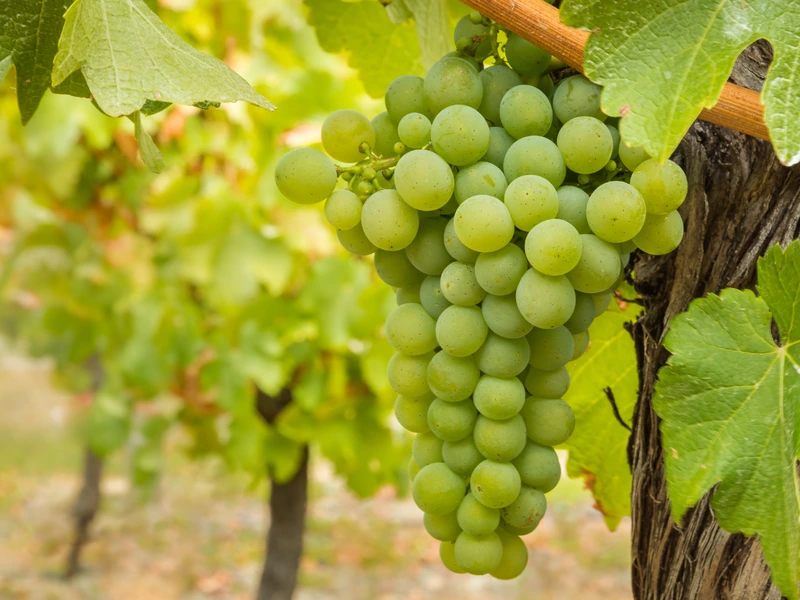
Pinot Grigio
[pee-now-gree-zhee-ow]
While Pinot Grigio is supposed to have originated in Italy, it is actually a mutation of the famous French grape Pinot Gris, which is derived from the red wine vine Pinot Noir.
Its name comes from the grape’s greyish blue tint. It was then translated into Italian when it arrived in the country and has been consistently picked due to its popularity.
The grape prefers cooler climates and hilly terrain. For that reason, 13% of Pinot Grigio is produced in Northern Europe due to its volcanic soil and chilly climate. However, the grape has found modern success in the United States, most notably in California.
Flavor/Aroma Profile:
Pinot Grigio’s flavor profile is as diverse as its origins. The grape’s fruit character, aromatics, and acidity are all influenced by temperature and aging style.
Flavors range from melon to green apple, with a hint of tropical or citrus fruit in some. Aromas of lemon-lime, pear, and stone fruit such as peach and apricot pervade this dry, light-bodied wine.
Almond, baking spices, and honeysuckle aromas may also be present.
Food Pairings:
Light, fresh flavors go best with pinot grigio. Avoid heavy sauces in favor of creams and vinaigrettes.
In addition, Summery foods like salads, chicken, and shellfish, as well as light pasta dishes and risottos, will pair nicely with Pinot Grigio.
Related: Pinot Grigio calorie count.
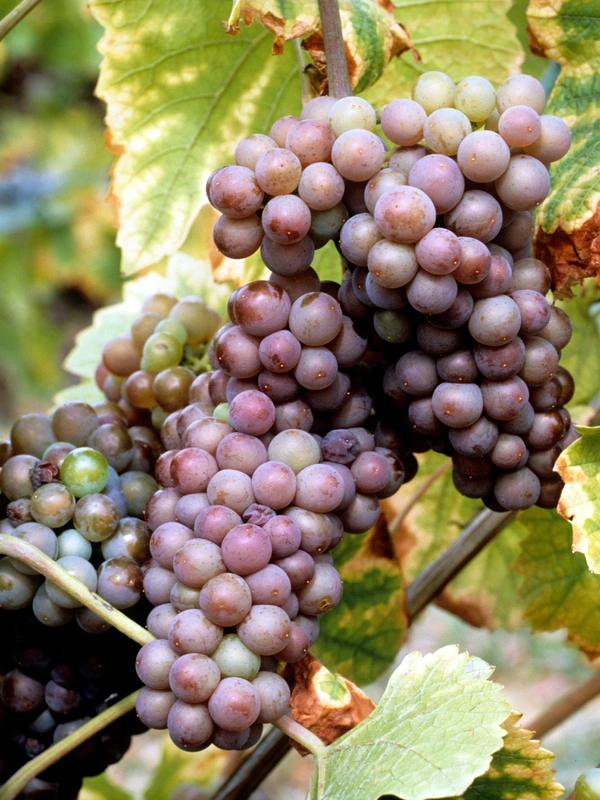
Sémillon
[sey-mee-yohn]
The plump white grape, Sémillon, is popular in Bordeaux and Australia.
It’s a key component in White Bordeaux blending, used to make both dry and sweet wines. Reasonably easy to grow, Sémillon has strong disease resistance and a tendency to ripen early.
In the United States, Sémillon wines are usually inexpensive when considering their high quality. And despite its low price, it has the pedigree to compete with the world’s most popular white wines.
Flavor/Aroma Profile:
Sémillon is known for its full body, similar to Chardonnay, but with more Pinot Gris or Sauvignon Blanc flavors.
Lemon, apple, pear, and green papaya are the prominent fruit flavors in Sémillon wine. In addition, the taste has a waxy quality to it, which wine writers often compare to lanolin.
Sémillon can be anything from a zesty, palate-cleansing wine to a thick, creamy, fruit-flavored wine, depending on where it’s cultivated.
Food Pairings:
Sémillon pairs well with seafood, especially shellfish, as well as pork, veal, chicken, game birds, cheese, and dishes with cream sauces.
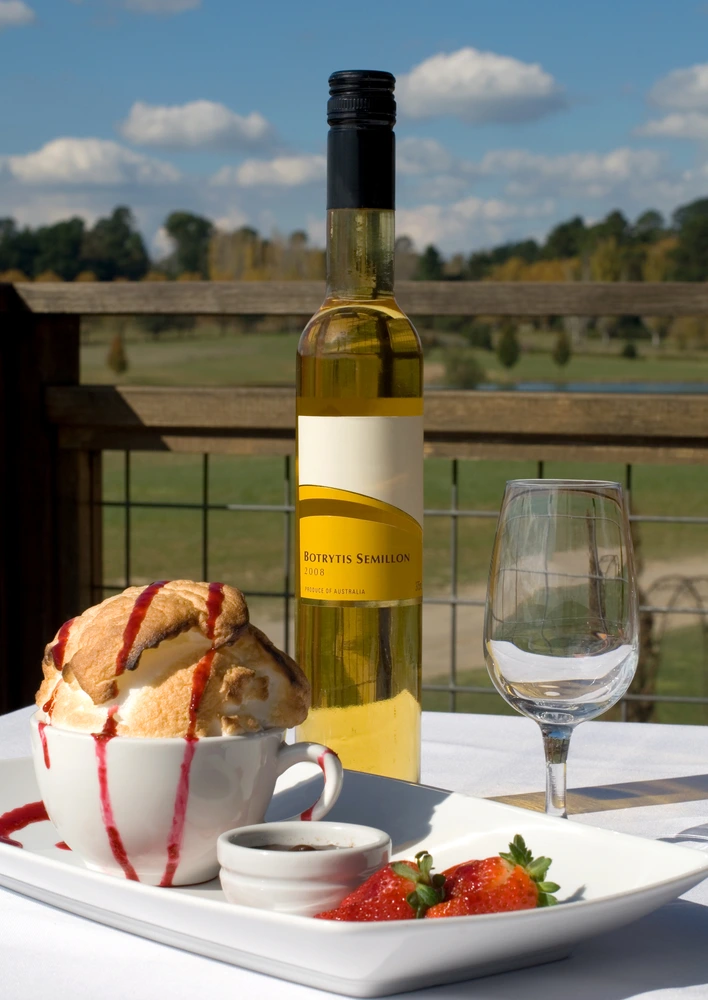
Gewürztraminer
[guh-voorts-truh-mee-ner]
Gewürztraminer is an easy-to-drink, sweeter white wine with one of the most difficult names in the wine world.
The pink grape is native to the Alps’ foothills, and it thrives in milder climates.
While it originated in Germany, Gewürztraminer has spread over the Alps, encompassing Italy, Hungary, Romania, Croatia, France, and Slovenia, with substantial acreage in Northern California and the Pacific Northwest.
It is the more sophisticated, older sister of Moscato. While Gewürztraminer shares many characteristics with Moscato, it has a higher alcohol content, more intense aromatics, and lesser acidity.
Flavor/Aroma Profile:
The aroma of lychee is the first thing you’ll notice in a glass of Gewürztraminer. If you’ve never smelled lychee before, whether canned or fresh, the aroma will be similar to that of a sweet rosé.
Other distinct aromatics in high-quality Gewürztraminer include Ruby Red grapefruit, ginger, and a smoky scent comparable to burnt incense. In addition, look for tropical fruit notes like lychee, mango, and pineapple on the palate, as well as cinnamon, cloves, and peppery ginger.
Food Pairings:
Gewürztraminer is an excellent match for spicy dishes. Think Thai curry or Indian food. Stinky cheeses and sweeter vegetables like pumpkin or squash also pair well with Gewürztraminer.
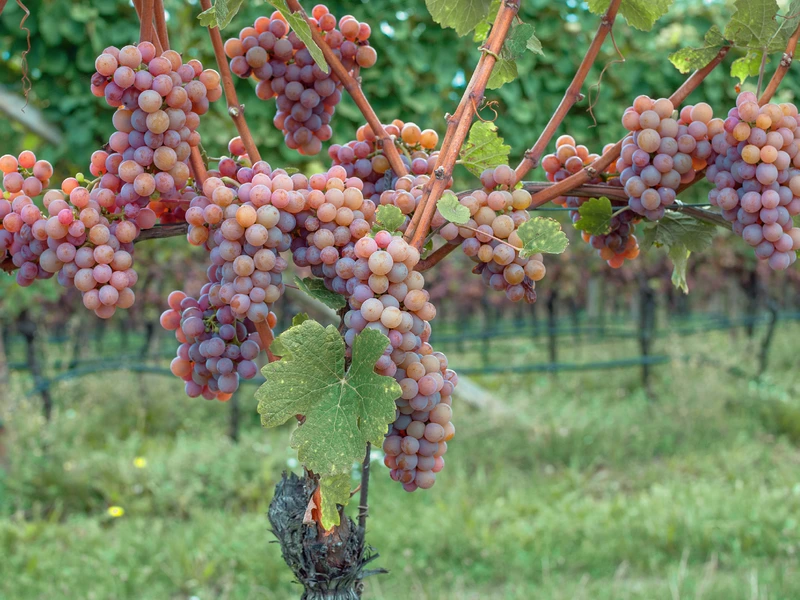
Riesling
[rees-ling]
Riesling is available in various types, including bone dry, sweet dessert wines, and effervescent.
Very few white wines can age for decades, but Riesling is one of them that can. It’s a beautifully refreshing aromatic white wine native to Germany’s Rhine River farming regions, and Rieslings from this region are often slightly sweet, with steely acidity for balance.
Riesling from Alsace and the Eastern United States is also good; however, it’s typically made in a different manner, which is more fragrant and drier (not sweet).
Rieslings from California have a substantially lower success rate, as they are typically sweet and lack the necessary acidity to balance them.
Flavor/Aroma Profile:
Riesling has crisp tastes of apples, apricots, peaches, and pears, as well as a high acidity level. It’s also highly aromatic with a distinct floral scent.
Food Pairings:
Riesling goes well with a wide range of foods. Its high acidity and natural sugars make it a great match for spicy cuisines like Chinese, Cajun, and Tex-Mex with cilantro.
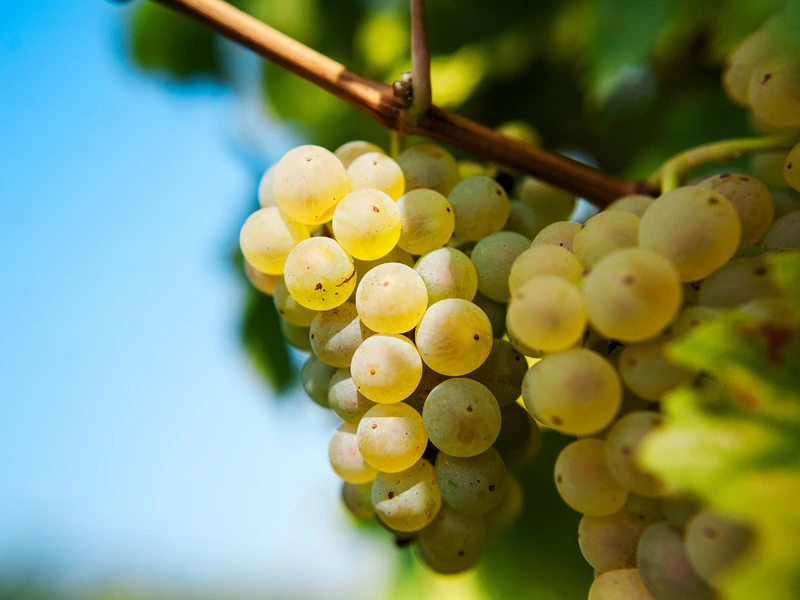
Bonus – Viognier
[vee-on-yay]
The world’s best Viogniers are made in the Condrieu region of France’s Rhône Valley, and they can be rather expensive; California and Australia have also had success with Viognier grapes.
Viognier is predisposed to high alcohol content since it must be extremely ripe before it is considered drinkable.
Flavor/Aroma Profile:
Viogniers are enticing white wines with aromas of peach, honeysuckle, and mango to creamier vanilla with nutmeg and clove spices.
Wines made with the Viognier grape are known for their rich texture and low acidity, usually noted for an oily sensation in the middle of the tongue.
Food Pairings:
Viognier is a fantastic match for grilled fish and exotic cuisines with spices and fruit salsas. It goes well with cheeses and nuts, too.
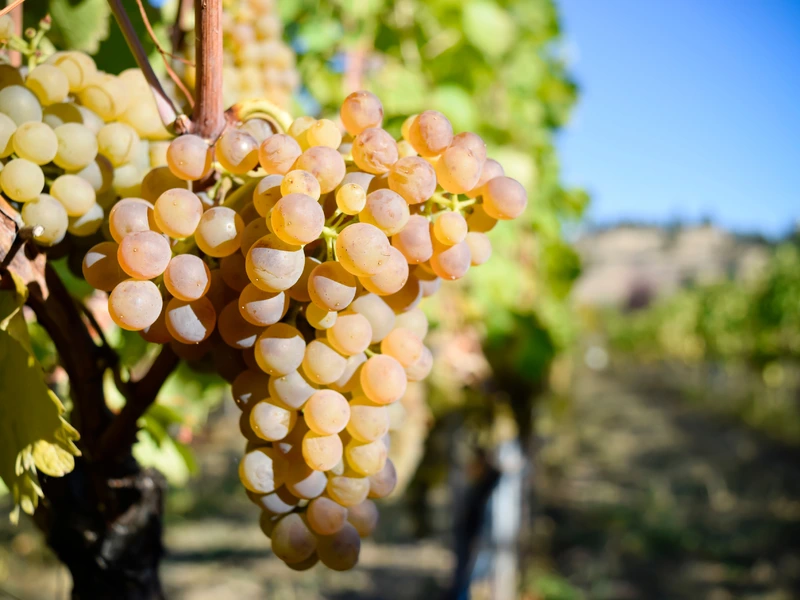
- Shrimp Cocktail (and More) Wine Pairing Guide - 09/06/2022
- What Wine Serving Sizes Look Like: Standard Size and More - 08/06/2022
- How Much Sugar is in Wine: Glass and Bottle Sugar Content - 08/06/2022



